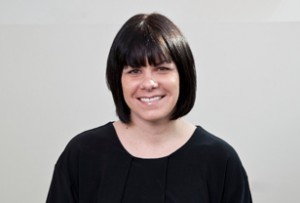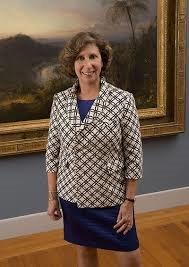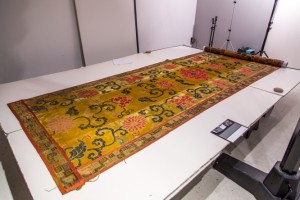Hours after I published the announcement, drawn from a press release issued around 1:45 today by the Art Institute of Chicago, that the museum had hired Rebecca Long from the Indianapolis Museum of Art, another press release arrived from AIC. It said that it “kindly asks that that you refrain from utilizing the Institute’s press release sent on Monday, December 22 at approximately [12:45 pm CST].”
 But it was too late. I was out, not near my computer when the second email arrived, and only now can I address the situation.
But it was too late. I was out, not near my computer when the second email arrived, and only now can I address the situation.
Here is the explanation AIC gave:
The release contained incomplete information and the Institute will be issuing an updated release in the coming days.
So please take my previous post with a grain of salt–something in it may be inaccurate. But AIC did not seem to say that the appointment was entirely wrong. I wait to see what the real announcement is, but I may be away from my computer if it arrives over the Christmas holidays, and unable to update you.




